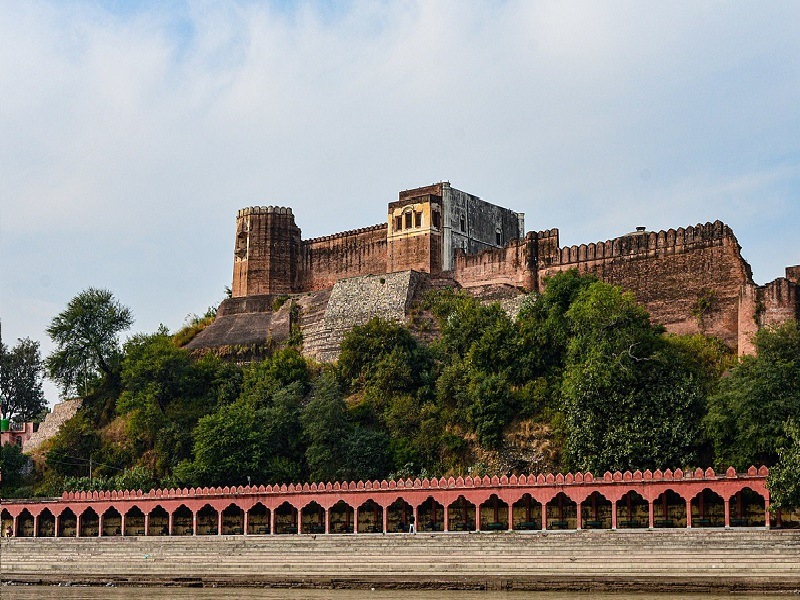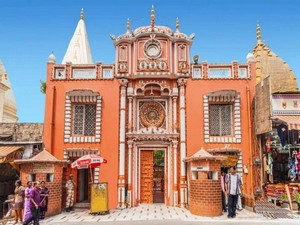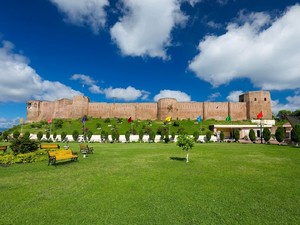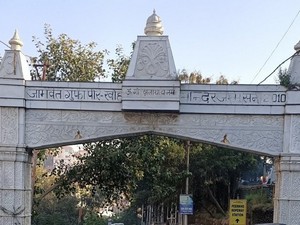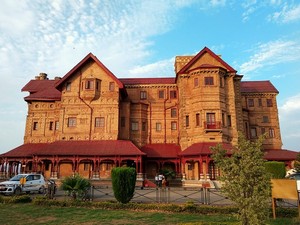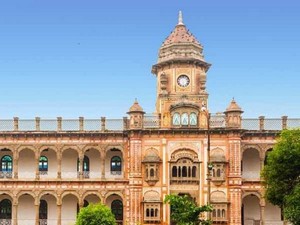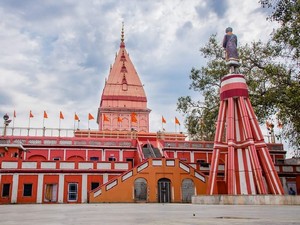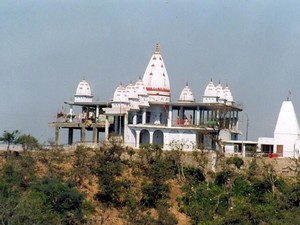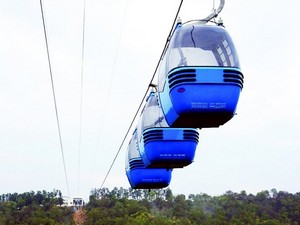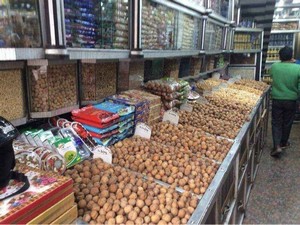Akhnoor Fort, Jammu - Timings, History, Architecture, Best Time to Visit
 #12 of 17 Places to Visit in Jammu
#12 of 17 Places to Visit in Jammu
 Distance (From Jammu): 28 Kms
Distance (From Jammu): 28 Kms
 Trip Duration (Including Travel): 3-4 Hours
Trip Duration (Including Travel): 3-4 Hours
 Transportation Options: Bus / Cab
Transportation Options: Bus / Cab
 Travel Tips: None
Travel Tips: None
At a distance of 32 km from Jammu, Akhnoor Fort is an ancient fort in the small pleasing town of Akhnoor. Located on the right bank of the Chenab River, it is one of the popular places of heritage in Kashmir, and among the must-include places in Jammu.
Perched on a cliff, the Akhnoor Fort is a glorious attraction that is said to be built on the ruins of the ancient Archaeological town of Manda, where remains of the Harappan civilization and the Kushana dynasty have been found by Archaeologists. According to history, the construction of the fort was started by Raja Tegh Singh in 1762 CE and was completed by his successor Raja Alam Singh in 1802. Maharaja Ranjeet Singh crowned Maharaja Gulab Singh on the 17th of June 1822 at the fort's Jia Pota Ghat on Chenab's river bank. Due to its historical and cultural significance, it has been deemed a national monument and is protected by the Archaeological Survey of India since 1982.
A great example of fine Indian military architecture, this two-storeyed fort features thick, strong walls with bastions at regular intervals, and two-storeyed watch towers at the corners, which are crowned by battlements and merlons. The fort has two parts which are bifurcated by a wall with a gate leading to the grand palace of Raja Alum Singh on the southern side. The palace is two-storeyed, and the walls facing the courtyard have decorated arches adorned with exquisite mural paintings. One can also see picturesque views of the surroundings from the fort. Tourists can access Akhnoor Fort through both the riversides and the northern side.
Akhnoor Fort, where excavation is still in progress in a phased manner, is perched upon an ancient site depicting three periods of history. Divided into three periods, the first period is represented by the Harappan red and grey earthenware that includes jars, beakers, and goblets, and the second period is marked by the presence of early historic pottery while the third period is represented by Kushana objects and an impressive wall of rubble diaper masonry flanked on both sides by a 3-meter wide street.
Timings: 9 AM - 6 PM
Entry: Free



